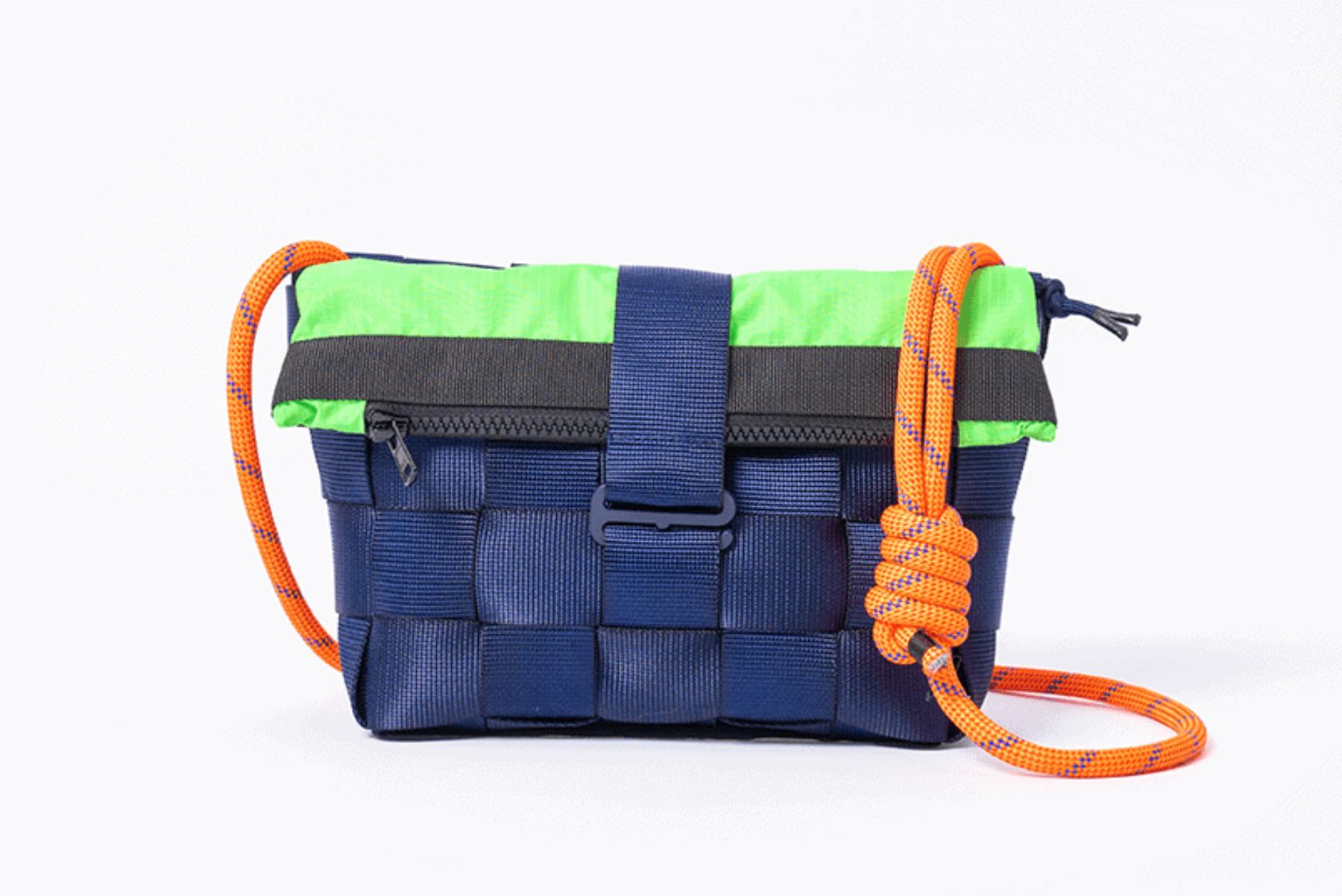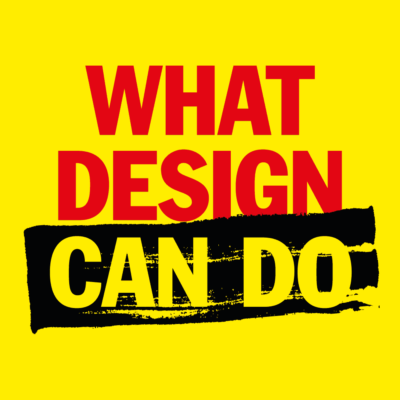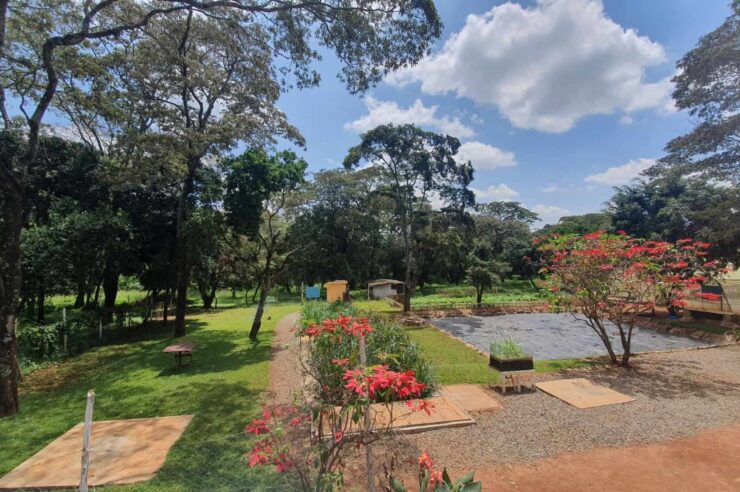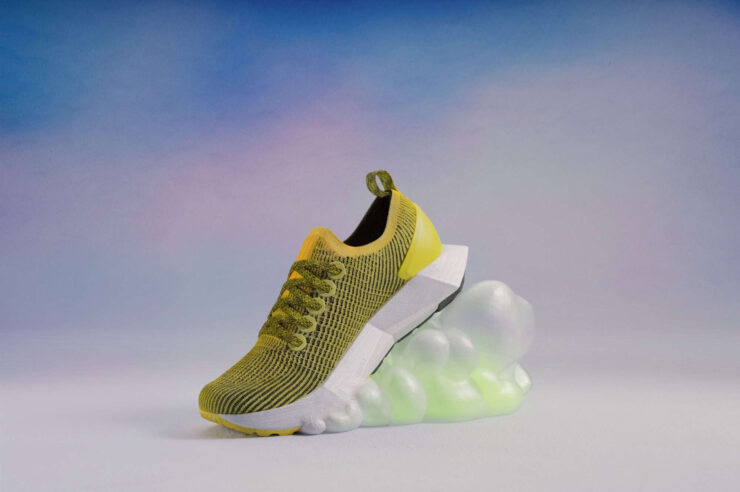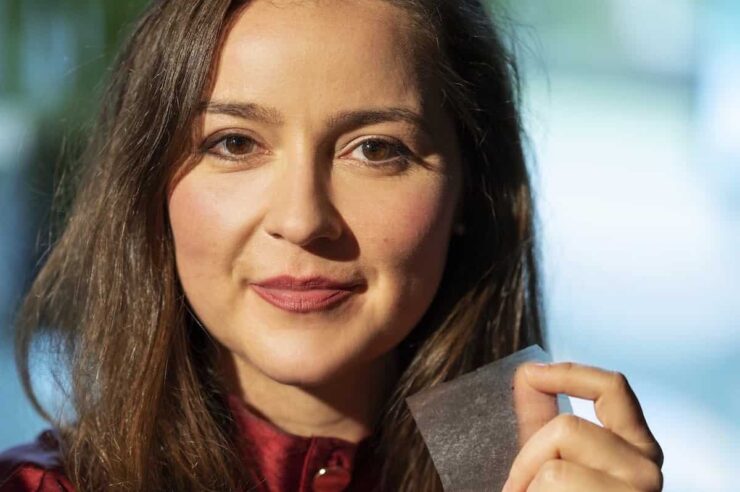Whether it’s what we eat or what we wear, design is the crucial first step towards more sustainable living. But how do we get there? From drinkable seawater to a bag that turns into a lamp, here are five ingenious ideas
When it comes to tackling the climate crisis, some solutions are pretty well known. We all know we need to cut down on flights, continue to support renewable energy, and quell our addiction to fast fashion.
But in order to truly turn things around, absolutely everything needs to change. From the way we design the buildings we live in to the bag on our backs as we head to work, smart solutions – little and large – are needed in every aspect of life.
That’s where circular design comes in. A way of making products that bakes in sustainability, it avoids using virgin raw materials and focuses on what happens at the end of the product’s lifespan, aiming to leave as light a footprint as possible.
The good news? Circular designers are already out there reimagining the everyday, with the help of international organisation, What Design Can Do. It advocates for design as a tool for social change and has been running challenges since 2011, engaging designers on everything from the climate crisis to refugees.
For its inaugural Make It Circular challenge, the fourth climate action challenge in partnership with the Ikea Foundation, 50 nominees have been chosen, with 13 winners to be announced on 3 May. Here are five inspiring nominees.
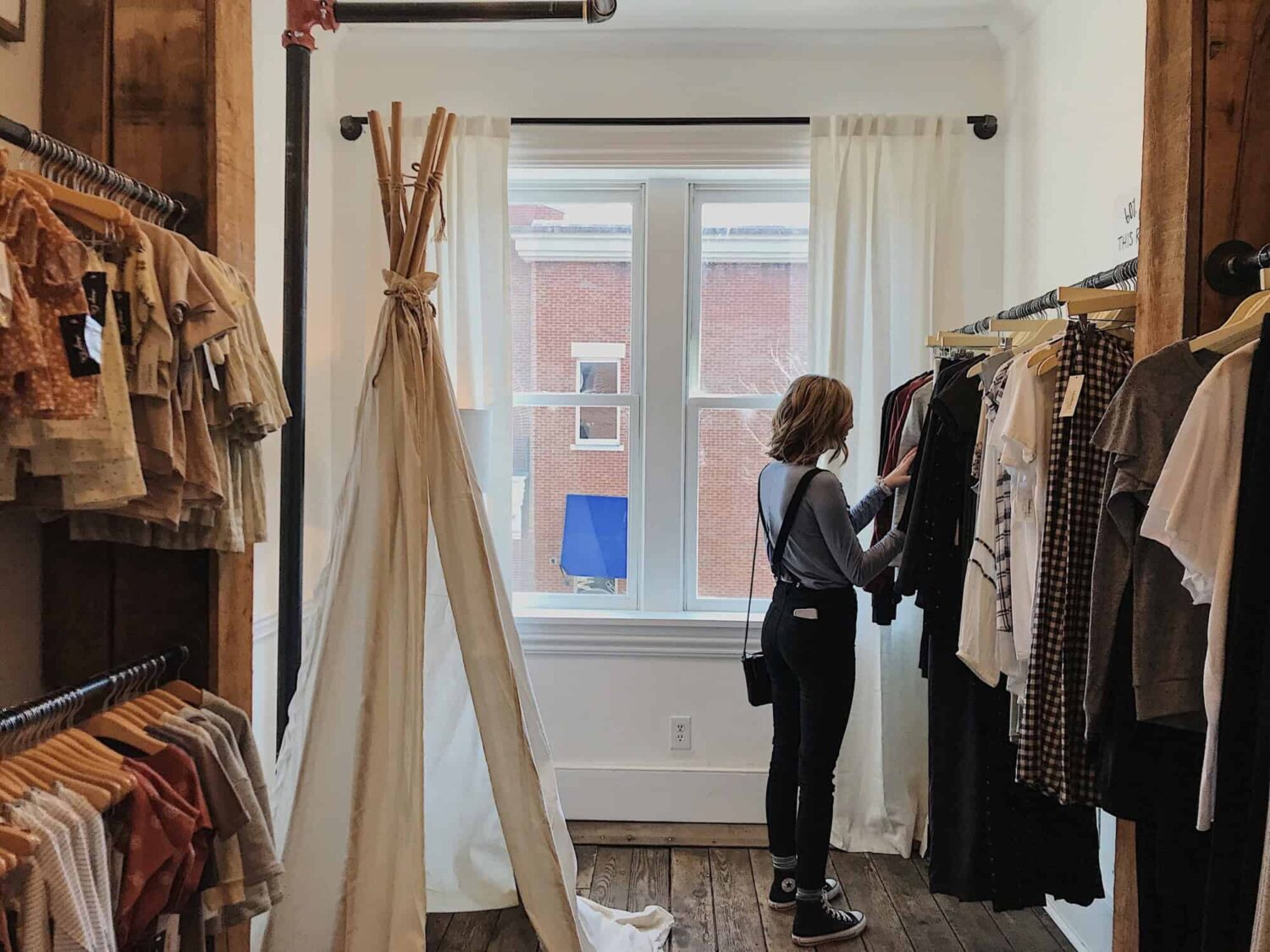
Everything, from clothes to curtains to floorboards, starts with design. Image: Cam Morin.
Packbags
In 2012, the zip on Alei Verspoor’s backpack broke. “I threw away the bag,” she tells me. “I just bought a new one. And I thought, okay, that’s really not nice, because this whole bag, all the materials are perfectly fine. I’m just throwing it away because I don’t really know how to fix it.”
The result was Packbags (main image above), a completely modular system. If one part breaks, it can easily be replaced and recycled. The team also offers a free lifelong repair service at its Amsterdam HQ. And if you no longer want your bag? Packbags is working on plans to offer “after life” transformations, which could see your bag turn into other products such as lamps.
Verspoor says she likes to think of the bags as a “system” similar to Vitsœ, which produces Dieter Rams’ universal shelving system. The modular shelves, which can be reimagined in an infinite number of combinations without any tools, have been a design favourite since they were launched in 1960. “I find that a very sustainable way of thinking,” says Verspoor.
Packbags’ product has another benefit too — fun. “It also has this sort of playful thing,” she adds, “being able to replace colours or having multiple colour options. So, when people don’t really pick up on the sustainable part immediately, they still think it’s fun.”
Rethread Africa
Imagine you’re finished with a T-shirt. Perhaps you ripped it, or it doesn’t fit you anymore. To recycle it, all you need to do is chuck it into your compost heap.
“You can take your piece of cloth, throw it back in your kitchen garden and it will regenerate that soil, where you grow tomatoes, onions, and carrots.” That’s the vision of Charles Oyamo, the co-founder of Rethread Africa, based in Kenya. But that’s not all his fabrics could change.
Made from agricultural waste such as pineapple leaves, he says Rethread Africa’s fabrics use 99 per cent less water than cotton and reduce CO2 emissions by 80 per cent. They’re also made using a chemical-free process.
“Pineapple leaves contain a high concentration of cellulose, a natural polymer that gives plants their structure and strength,” explains Oyamo. “The cellulose fibres in pineapple leaves are long and thin, making them ideal for spinning into yarn and weaving into fabrics. The fibres are flexible and highly elastic, allowing for comfortable and durable clothing. Additionally, the fibres have a soft texture that feels good against the skin,” he says.
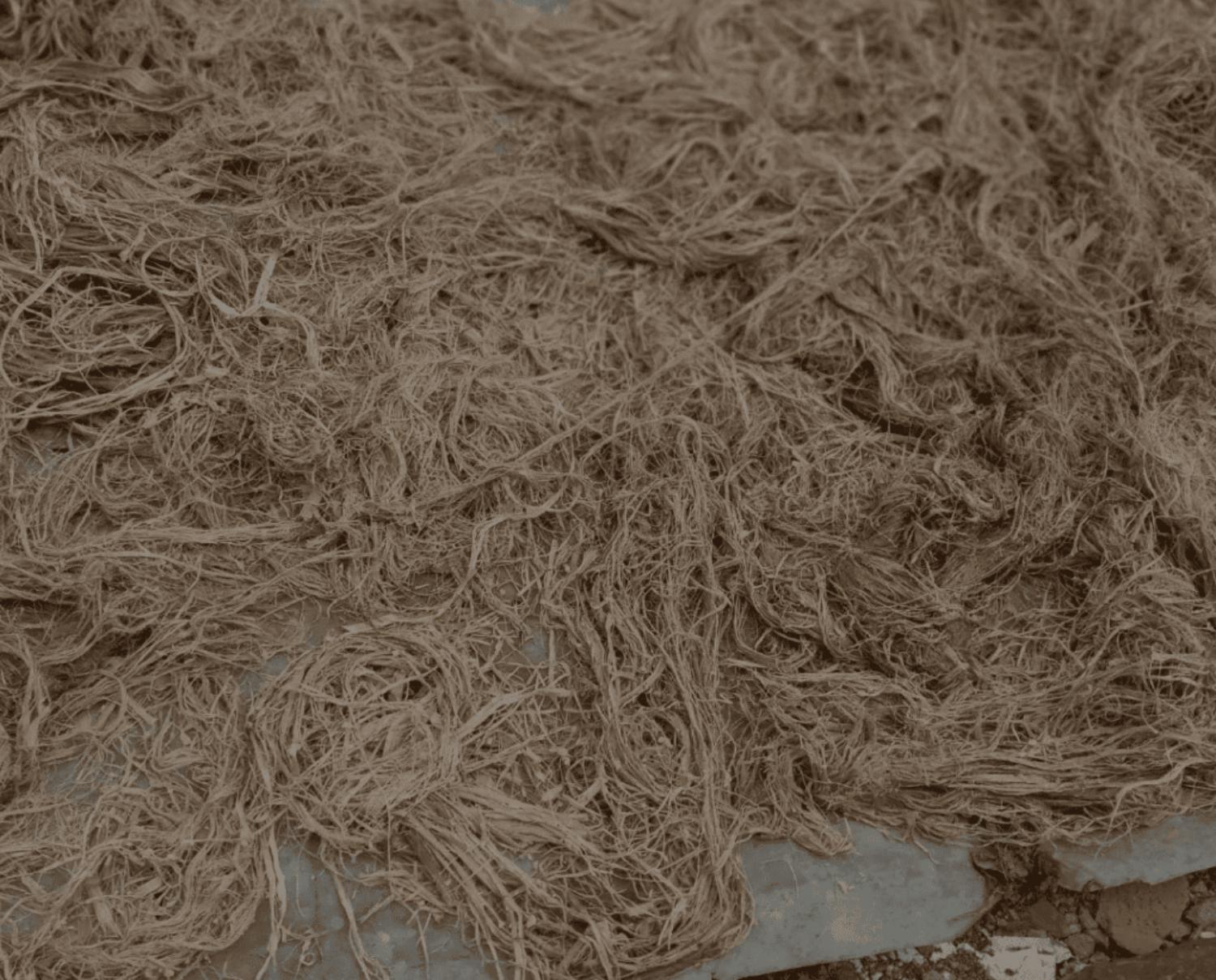
The long, thin fibres in pineapple leaves make them ideal for spinning into yarn. Image: Rethread Africa
Rethread Africa processes its fibres on the farms where it sources its agricultural waste, further cutting down on the carbon cost of transportation, and ensures farmers get paid a fair price.
Interestingly, Oyamo hopes his company won’t be remembered. “Nobody remembers the companies that were competing for developing plastic. We need to get to that space, where 100 years from now no one will remember Rethread Africa, but people will remember what we did to change the course of how we live.”
Craste
Shubham Singh has a vision for the future of papermaking: one where no trees are cut down. Instead, crop residues are used — the straw and crown of plants left on fields after harvest.
It might sound far-fetched, but it’s already a reality at his company, Craste, based in Pune, India. The startup makes sustainable packaging from waste that would otherwise be burned.
“Let the trees be there for shade and for sequestering carbon,” he says. “We can have crops coming up every three or four months — compared to trees that will take at least five years to grow to their potential for papermaking.” It’s time, he says, for a “systematic transformation”.
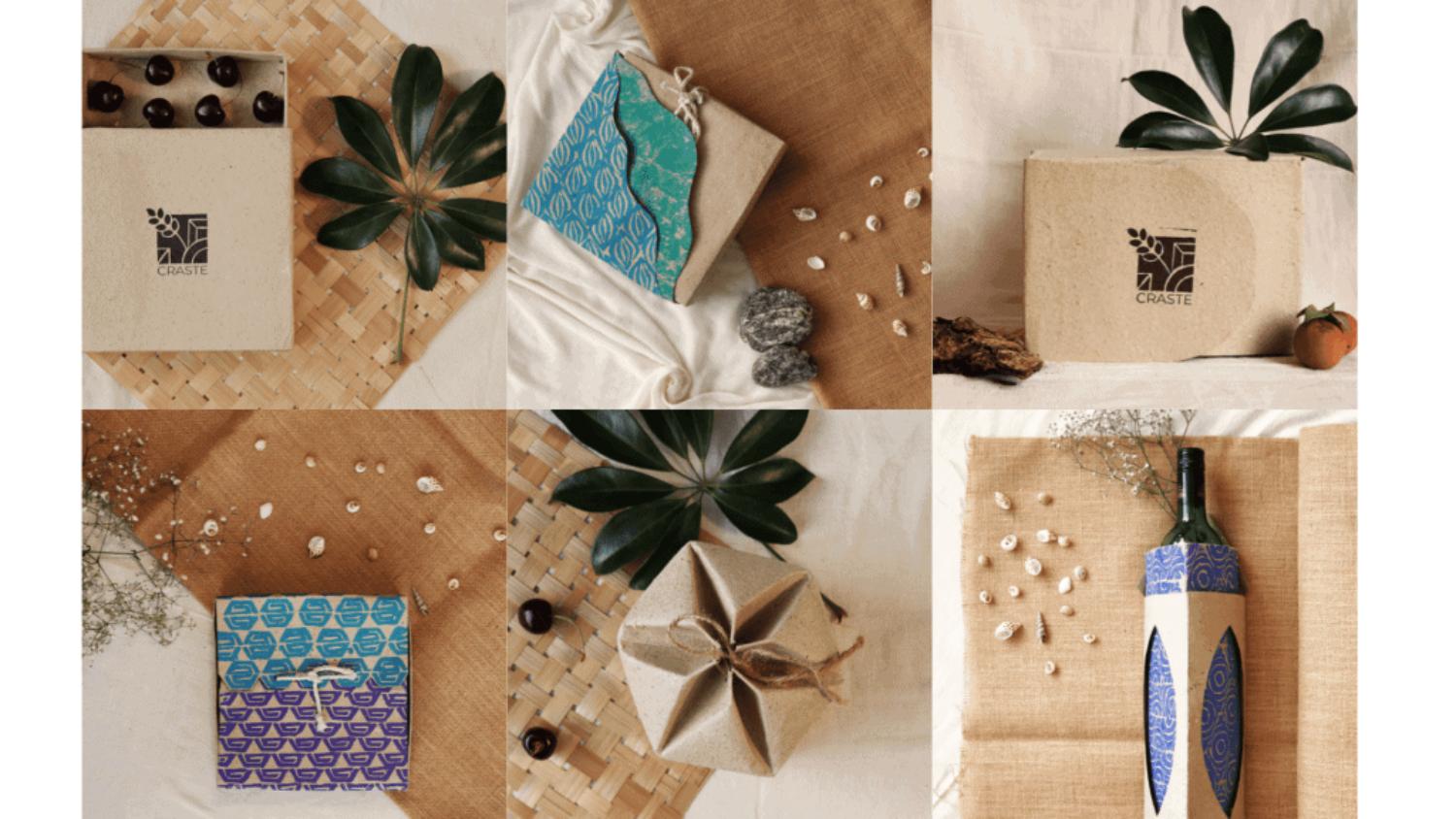
Craste's tree-free pulp is used to make everything from food containers to cardboard boxes. Image: Craste
The company’s model incentivises farmers to harvest and sell their crop waste to Craste, which it then converts into tree-free pulp. This pulp, in turn, is used to make everything from food containers to cardboard boxes. Singh dreams that one day all the products we see in our supermarkets will be made with tree-free packaging.
“We have done enough polluting of the world [as a society],” he concludes. “Now it’s time that we do some positive engineering.”
Urban Paper Recycling
Davide Onestini’s mission began after a search for boxes. “I was looking for boxes, normal boxes,” he tells me, “to fill stuff at home.”
“I couldn’t find any boxes made in Portugal, which for me is astonishing. It’s not such a technological product that it’s so hard to make.” At the same time, our cities are filled with paper waste, especially as more producers are using it when they switch away from plastic packaging.
Meanwhile, recycling is complicated, with many western nations shipping it abroad. Once you’ve popped it in the wheelie bin it doesn’t disappear. It could end up halfway across the globe.
And so, Urban Paper Recycling was born, a project that wants to empower communities to recycle their own waste into materials similar to wood, MDF [medium density fibreboard], and chipboard. The vision is for neighbourhoods to be able to run their own small factories and the startup offers ‘open-source recipes, tools and guidelines’ that enable people to do just that.
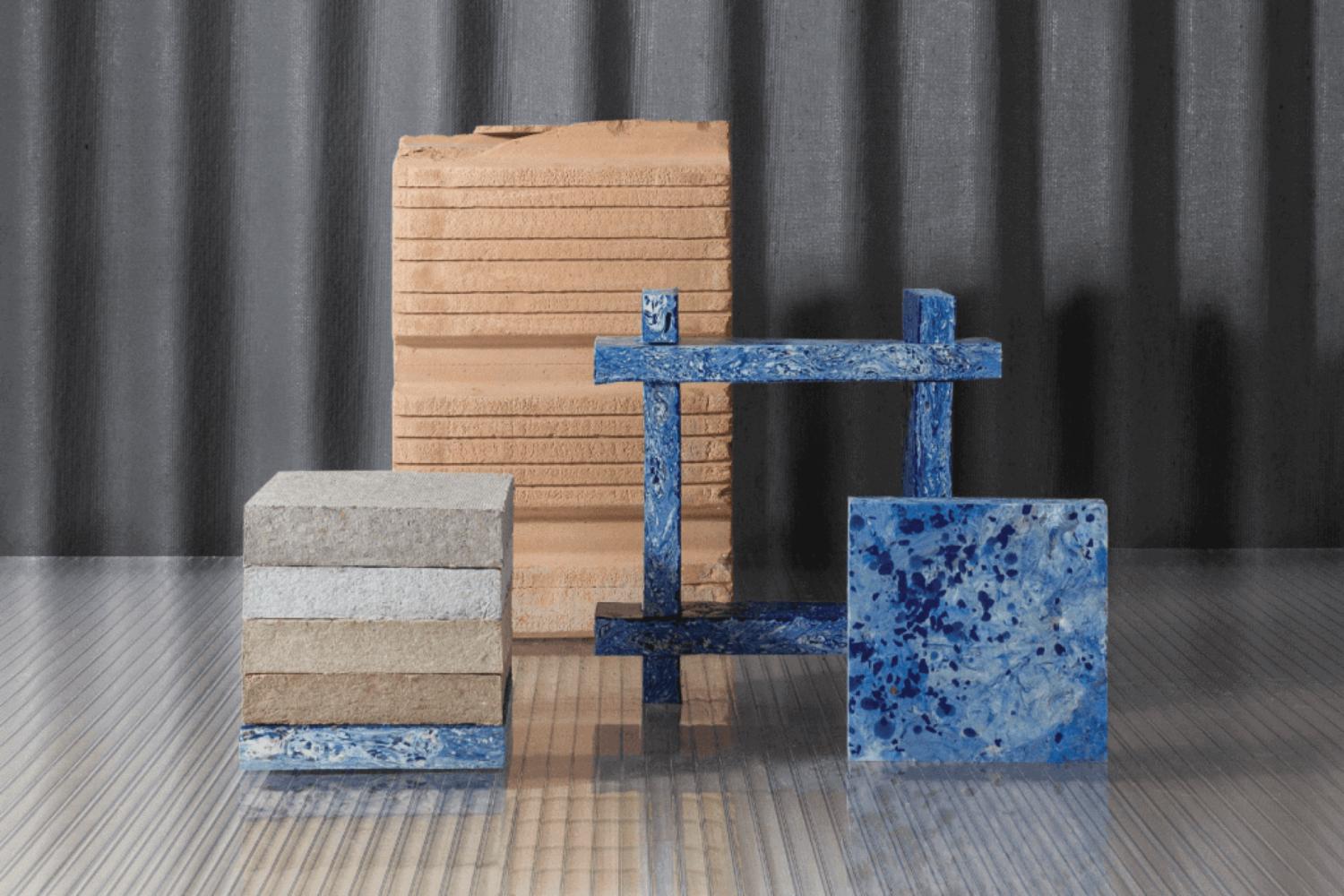
Davide Onestini imagines a world where communities can take paper recycling into their own hands. Image Urban Paper Recycling
While the project is still at concept stage, Onestini hopes that eventually “[It will] enable neighbourhoods to be autonomous. People can bring their paper waste and see it transformed into something that they need.”
“The most important thing is that it’s changing mindsets and we hope that projects like ours make people ask different questions, new types of questions that open minds a bit more.”
Libre Water
“Why should we work by ourselves in the basement?” asks Simon Meyer, one of the team behind Libre Water. “Let’s do it in a collaborative way because this is a collective problem that we all need to work on.”
The problem he’s talking about is access to drinking water, something which affects one in three people on the planet. Its solution? An open-source desalination system for seawater, which can be made cheaply and easily anywhere around the globe.
“Basically, what we are doing is taking a technology that’s proven and has been well-researched for 60 years now,” explains Meyer. “But primarily, the challenges are distribution, maintenance, and business models.”
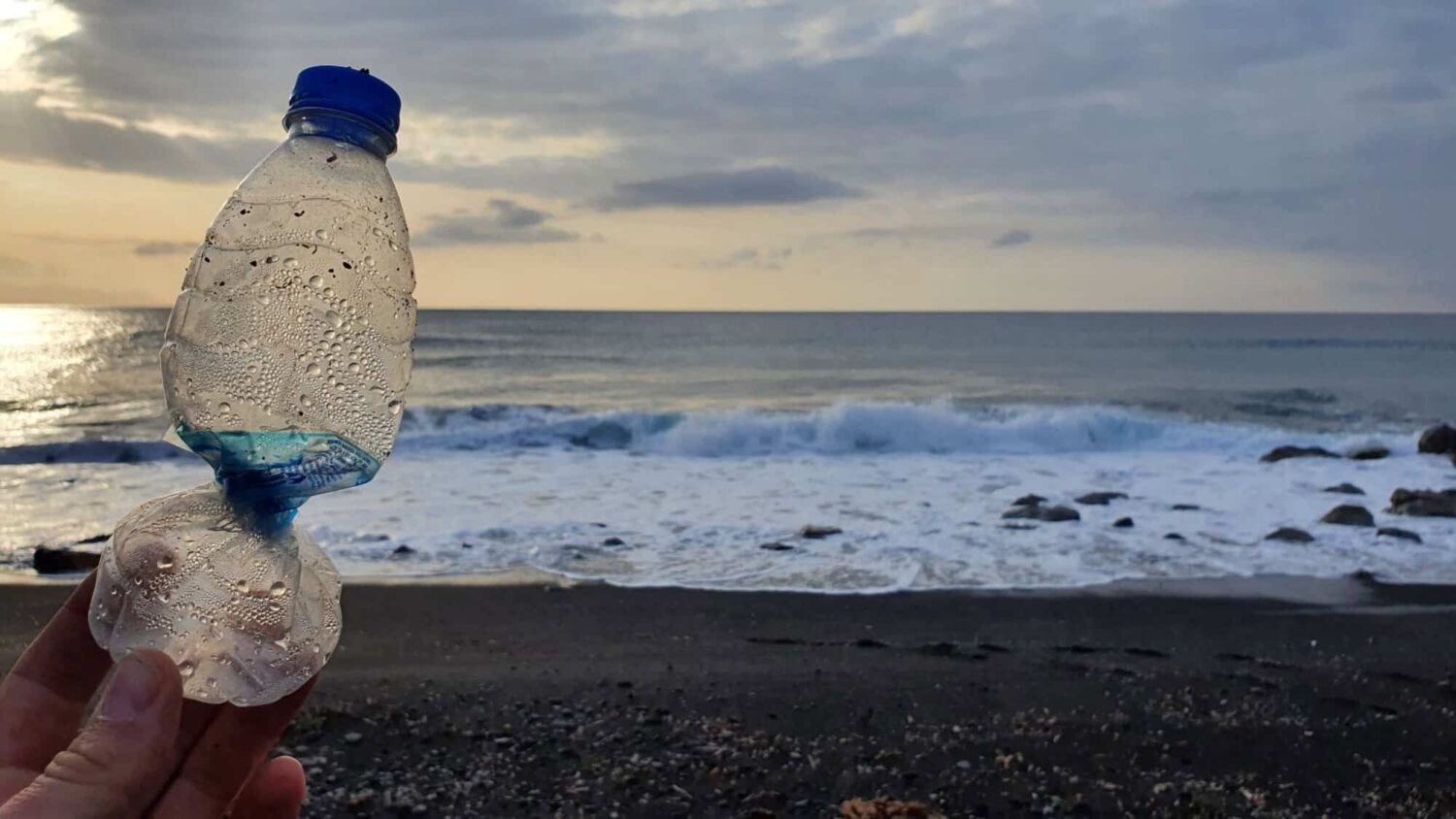
Libre Water's system turns seawater into drinking water. Image: Libre Water
To combat this, Libre Water, which is based across Germany and Greece, wants to give communities everything they need to solve the problem themselves, with design instructions that can be easily replicated across the globe.
The team say an open-source approach to its work is key, allowing them to collaborate “beyond boundaries”. The project is currently at prototype stage, and the team will soon take it out to communities for feedback and further tweaking.
Main image: Packbags
